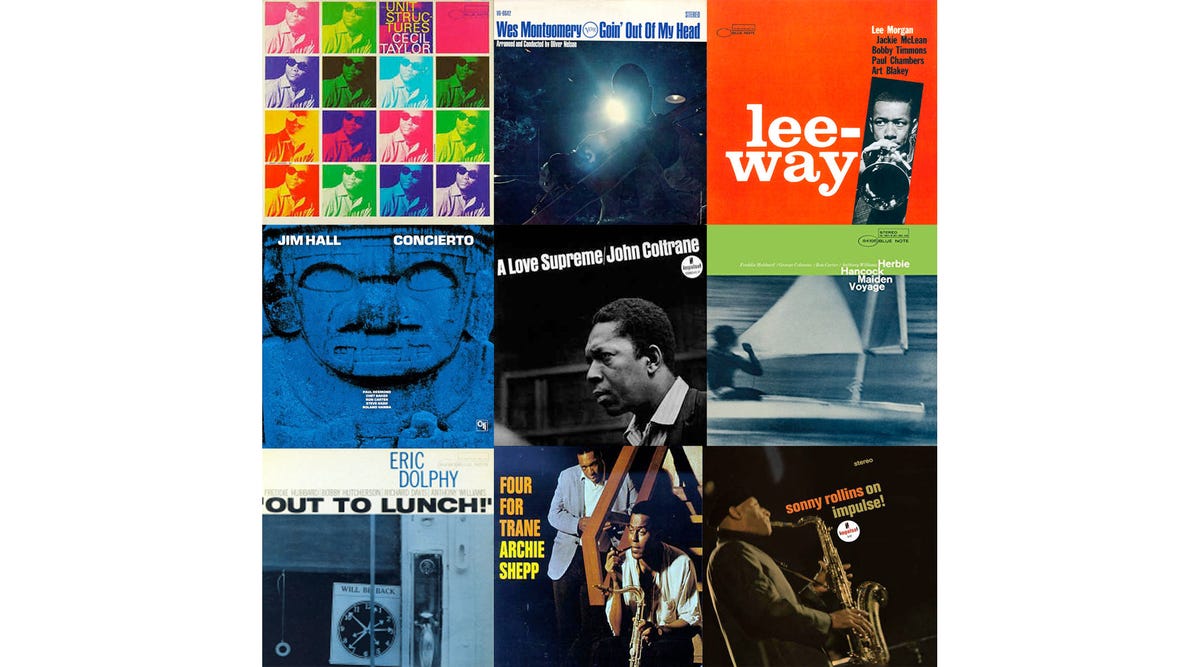Go behind the scenes at this historic recording studio
Rudy Van Gelder built his recording studio in 1959, where he went on to record nearly every great jazz artist there.

The home of timeless music
The world's great recording studios -- Abbey Road where the Beatles recorded all of their music, Jimi Hendrix's Electric Lady and Sun Studio where Elvis Presley became a star -- are sacred places to me. So when I was invited to a press event at the legendary Van Gelder Studio in Englewood Cliffs, New Jersey, my heart skipped a beat.
The studio tour starts here
Rudy Van Gelder recorded countless legends including Miles Davis, Duke Ellington, Ray Charles, Dizzy Gillespie, Thelonius Monk, and John Coltrane in his studio.
I was visiting to hear a soon-to-be released John Coltrane album. Both Directions at Once: The Lost Album was recorded on March 6, 1963 in this studio. The assembled press listened in awe, hearing Coltrane and his men lay down tracks recorded fifty-five years earlier in this room, the music leapt through time and space. I had goosebumps.
Lost and found
John Coltrane's Both Directions at Once: The Lost Album will be released on June 29. The band was in fine form, the music just flows.
Coltrane’s son
Ravi Coltrane was on hand to talk about the process of releasing the lost album.
The sound of the room
The studio opened in 1959, and while the design was inspired by Frank Lloyd Wright it was actually designed by architect David Henken. The studio is a chapel of jazz, with its peaked wood ceiling that has a lot to do with Van Gelder's signature sound. Rudy Van Gelder passed away in 2016.
Two grands
One grand piano is in the booth (upper left), one is out in the studio (lower right).
The drum booth
Enclosed piano and drum booths weren't part of the studio's original design. In the early days the entire band always played together "live" in the big room. The need for greater separation and overdubbing in stereo recordings made booths a necessity.
The chair
The studio's current engineer Don Sickler told me this chair has been in the studio since the early days. Coltrane put his sax on this chair many times. Wish I had a shot of that!
A peek inside the control room
I couldn't get inside the control room, but I took a few shots through the glass.
Another look
The Van Gelder Studio isn't about the gear, it's about the room's acoustics, that's where the sound takes form. Digital tricks are a poor substitute for the sound of the real thing.
Analog recorder
All of Van Gelder's classic recordings were done on analog reel-to-reel recorders like this one. I'm pretty sure this one is an old Ampex, but I didn't have the nerve to peel back the plastic cover and see for sure.
Scully record cutting lathe
In the pre digital days Van Gelder cut his own LP masters on this Scully lathe! That was back when he recorded for the Blue Note, Prestige, Savoy and Atlantic jazz labels.
Scully knob
This knob controls the lathe's lines per inch, in other words, the width of the LP's groove walls. I just love the look of the knob, it took so much self control not to touch it!
The wooden bird
Van Gelder Studio's Maureen Sickler told me that the little bird perched up near the ceiling would fall down when a drummer played too loud. Rudy would then ask the drummer to take it down a notch.
Rudy liked birds
There were dozens of Van Gelder's bird photographs hanging all around the studio.
Awards
Van Gelder was honored with numerous plaques and awards. This one is from the National Endowment for the Arts.
Another award
Rudy Van Gelder's career spanned six decades. If you own more than a few jazz albums, chances are good you've heard his sound. It's like no other.

